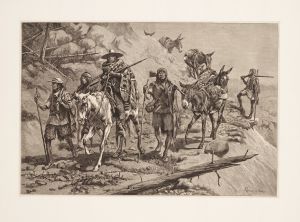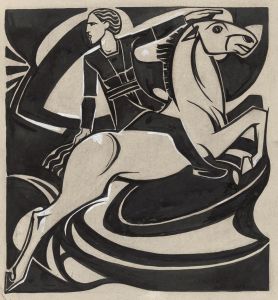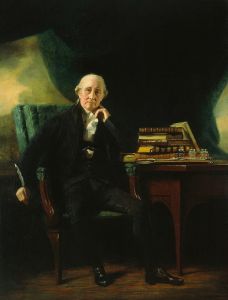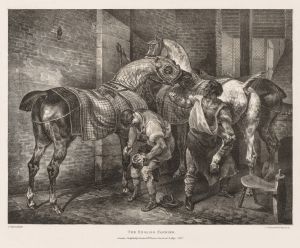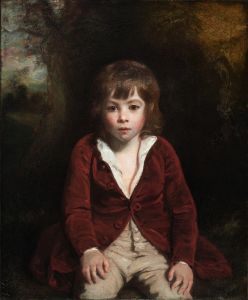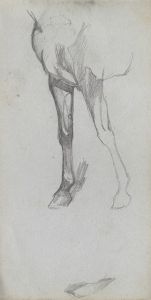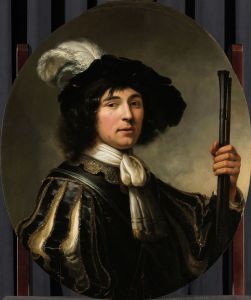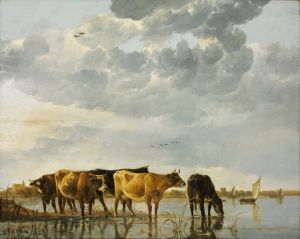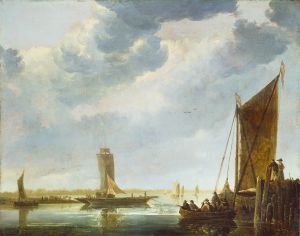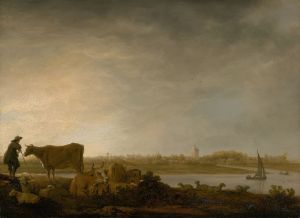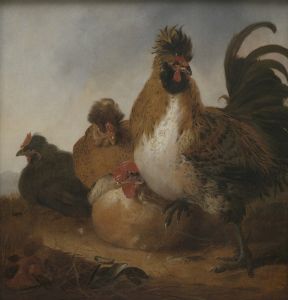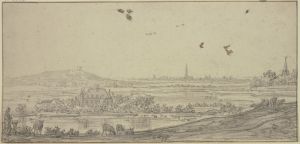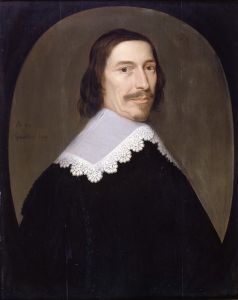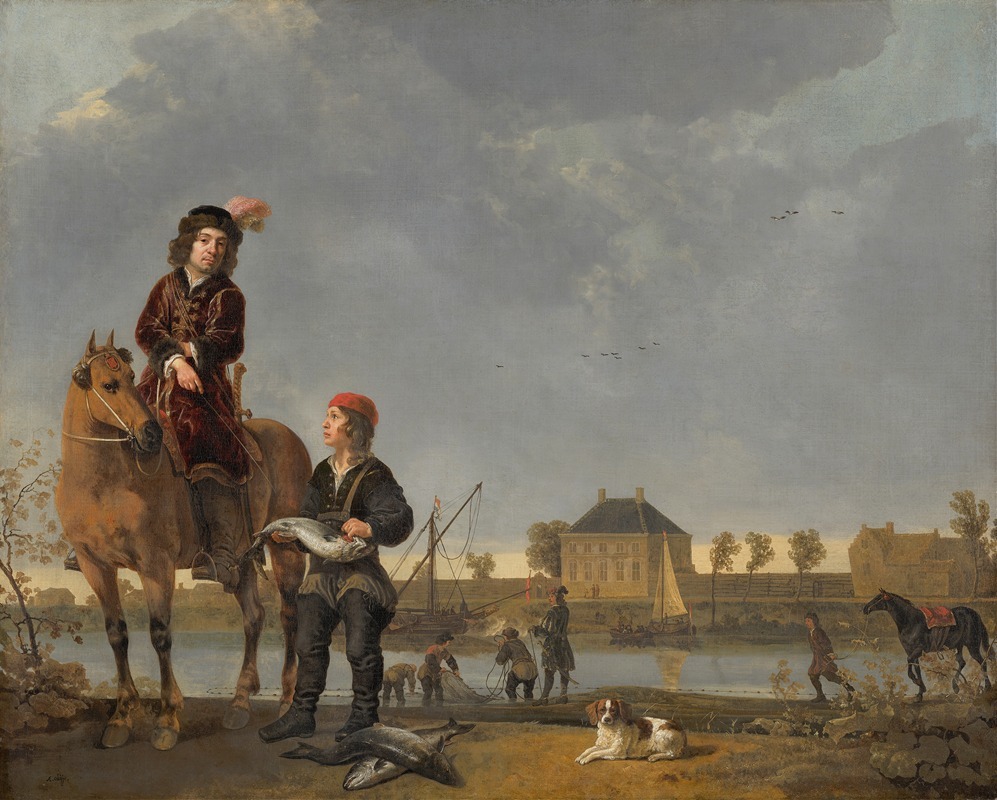
Equestrian Portrait of Pieter de Roovere
A hand-painted replica of Aelbert Cuyp’s masterpiece Equestrian Portrait of Pieter de Roovere, meticulously crafted by professional artists to capture the true essence of the original. Each piece is created with museum-quality canvas and rare mineral pigments, carefully painted by experienced artists with delicate brushstrokes and rich, layered colors to perfectly recreate the texture of the original artwork. Unlike machine-printed reproductions, this hand-painted version brings the painting to life, infused with the artist’s emotions and skill in every stroke. Whether for personal collection or home decoration, it instantly elevates the artistic atmosphere of any space.
Aelbert Cuyp, a prominent Dutch landscape painter of the 17th century, is renowned for his ability to capture the serene beauty of the Dutch countryside. Among his notable works is the "Equestrian Portrait of Pieter de Roovere," which exemplifies his skill in combining portraiture with landscape painting. This artwork is a testament to Cuyp's mastery in portraying both human figures and the natural environment, a combination that was relatively innovative during his time.
The painting features Pieter de Roovere, a figure about whom little is known today. However, the depiction of de Roovere on horseback suggests that he was a person of some significance, possibly a member of the Dutch gentry or a military figure. The equestrian portrait was a popular genre in the 17th century, often used to convey the status, power, and prestige of the subject. Cuyp's choice to paint de Roovere in this manner aligns with the conventions of the time, where such portraits were reserved for individuals of notable social standing.
In the painting, Cuyp demonstrates his characteristic use of light and atmosphere, which are hallmarks of his style. The soft, golden light that bathes the scene is typical of Cuyp's work, often referred to as "Cuyp's light." This technique not only enhances the three-dimensionality of the figures and landscape but also imbues the scene with a sense of tranquility and timelessness. The landscape in the background, likely inspired by the Dutch countryside, features rolling hills and a serene sky, providing a harmonious backdrop to the central figure of de Roovere.
Cuyp's attention to detail is evident in the rendering of the horse and rider. The horse is depicted with anatomical precision, showcasing Cuyp's understanding of equine form and movement. The rider, Pieter de Roovere, is portrayed with a calm and composed demeanor, dressed in attire that suggests his status. The interplay between the figure and the landscape is seamless, reflecting Cuyp's ability to integrate his subjects into their surroundings naturally.
The "Equestrian Portrait of Pieter de Roovere" is also notable for its composition. Cuyp employs a balanced arrangement, with the figure of de Roovere positioned slightly off-center, allowing the landscape to play an integral role in the composition. This balance between figure and environment is a distinctive feature of Cuyp's work, highlighting his dual interest in portraiture and landscape.
While specific details about the commission or the exact date of the painting remain unclear, it is generally placed within Cuyp's mature period, when he was at the height of his artistic powers. During this time, Cuyp's work was highly sought after, and he enjoyed considerable success in his native Dordrecht and beyond.
Today, Aelbert Cuyp's paintings, including the "Equestrian Portrait of Pieter de Roovere," are celebrated for their luminous quality and serene beauty. They offer a glimpse into the world of 17th-century Holland, capturing both the people and the landscapes with a sense of warmth and realism. Cuyp's ability to blend portraiture with landscape continues to be admired, securing his place as one of the leading figures of the Dutch Golden Age of painting.





